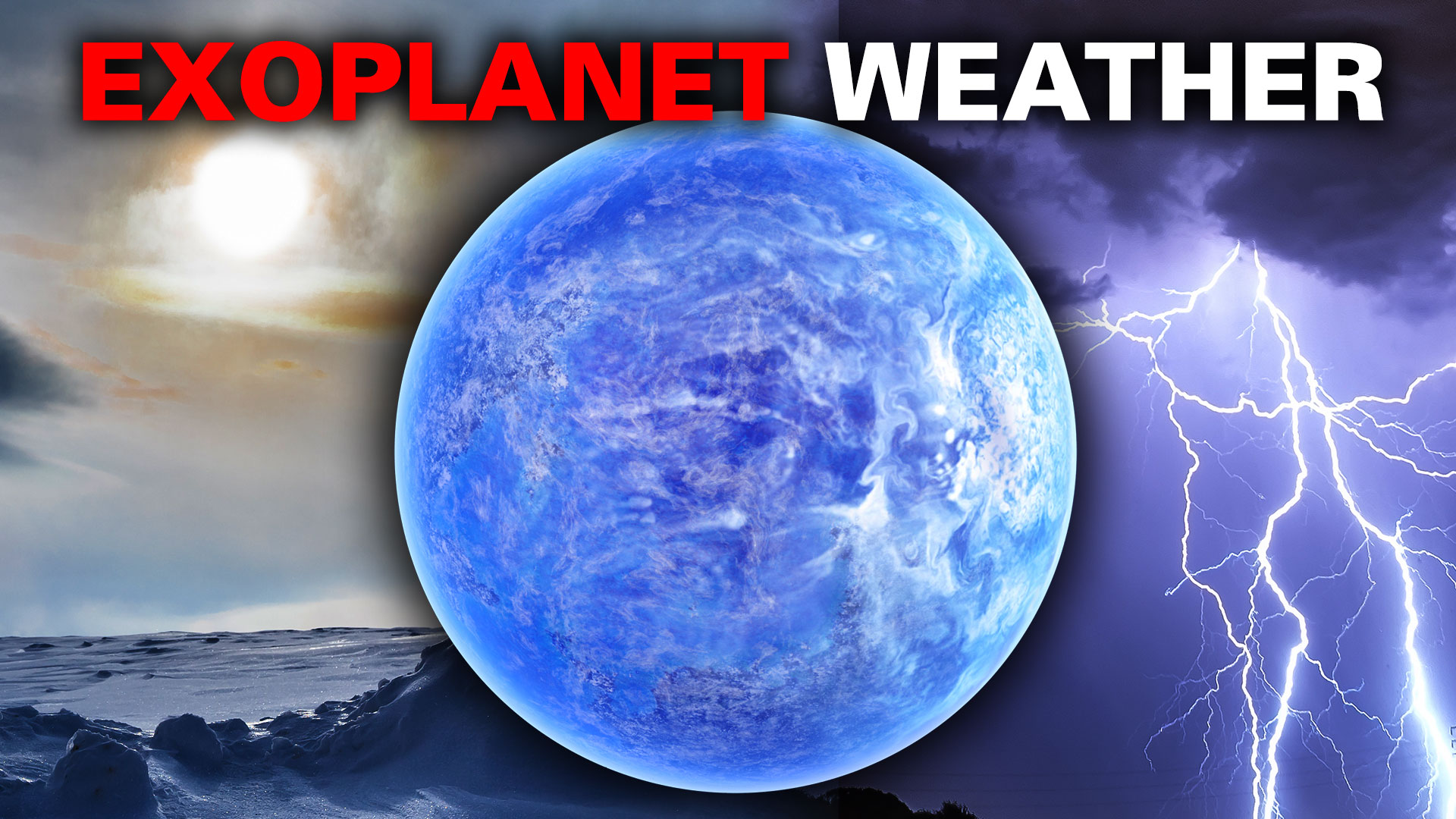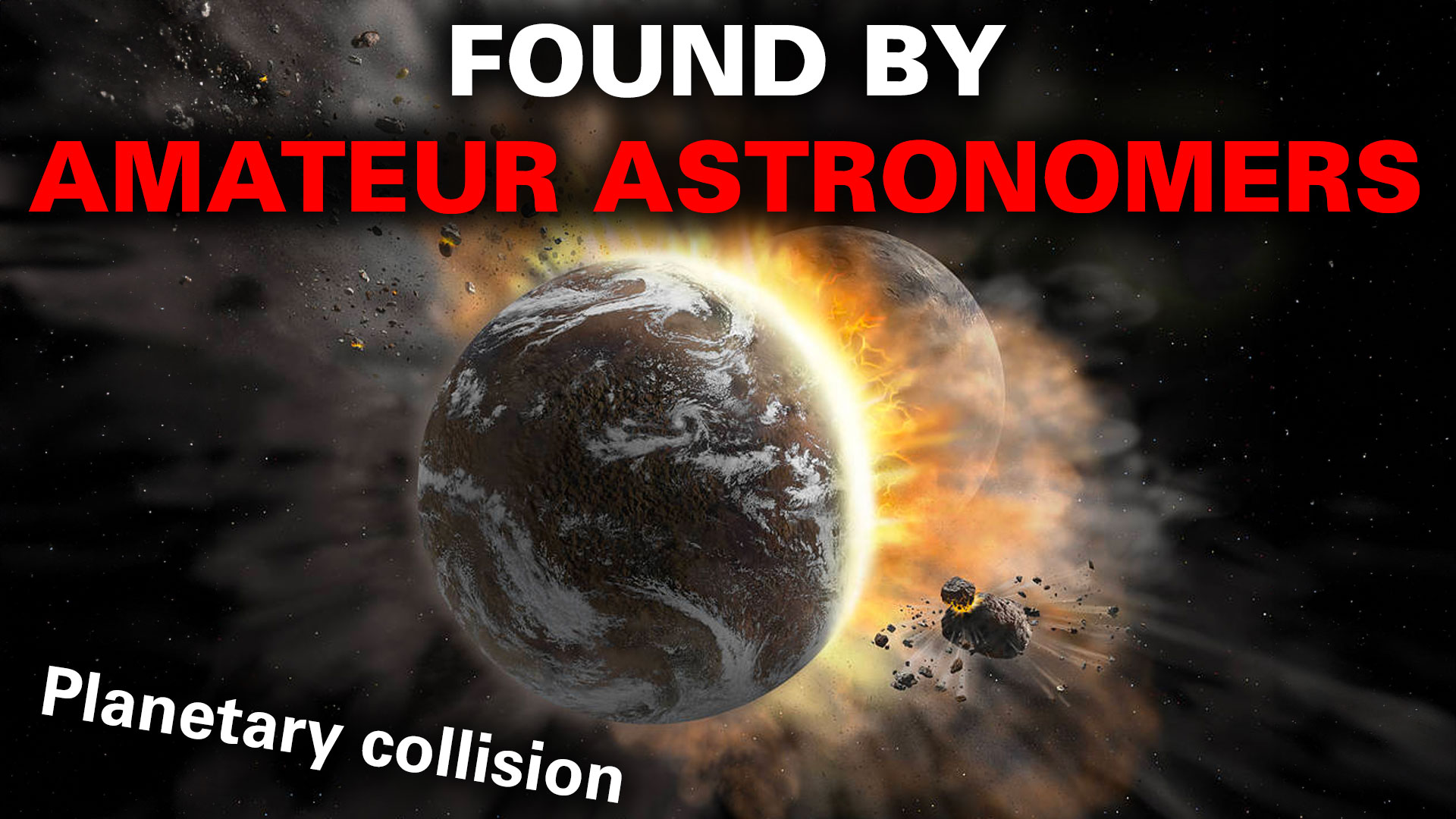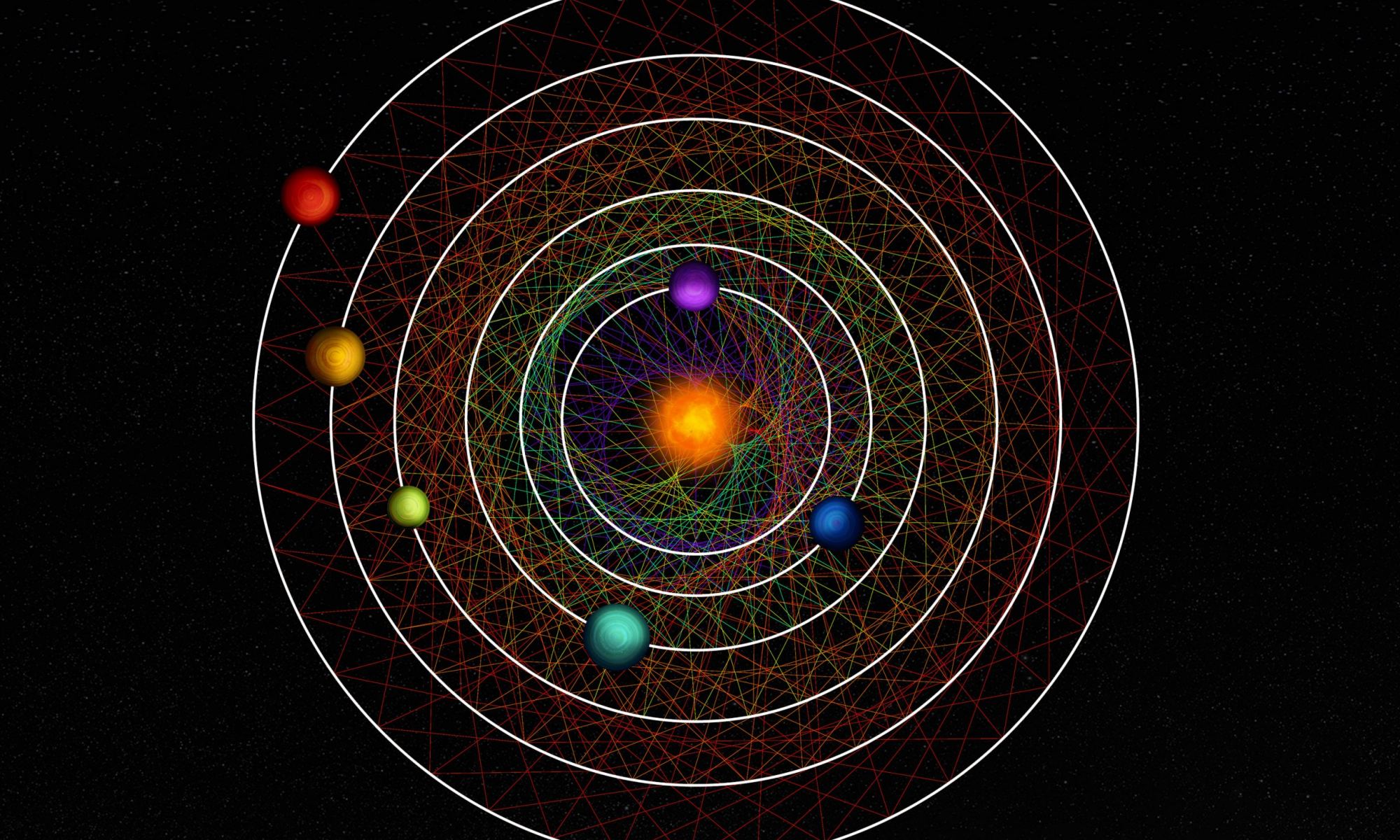Universe Today has proudly examined the importance of studying impact craters, planetary surfaces, and exoplanets, and what they can teach scientists and the public about finding life beyond Earth. Impact craters both shape these planetary surfaces and hold the power to create or destroy life, and we learned how exoplanets are changing our views of planetary formation and evolution, including how and where we might find life in the cosmos. Here, we will discuss how these disciplines contribute to the field responsible for finding life beyond Earth, known as astrobiology. We will discuss why scientists study astrobiology, also known as astrobiologists, challenges of studying astrobiology, and how students can pursue studying astrobiology, as well. So, why is it so important to study astrobiology?
Continue reading “Astrobiology: Why study it? How to study it? What are the challenges?”Webb Directly Images Two Planets Orbiting White Dwarfs

In several billion years, our Sun will become a white dwarf. What will happen to Jupiter and Saturn when the Sun transitions to become a stellar remnant? Life could go on, though the giant planets will likely drift further away from the Sun.
Continue reading “Webb Directly Images Two Planets Orbiting White Dwarfs”The Next Generation LIFE Telescope Could Detect Some Intriguing Biosignatures
The Large Interferometer for Exoplanets (LIFE) project is an ambitious plan to build a space telescope with four independent mirrors. The array would allow the individual mirrors to move closer or farther apart, similar to the way the Very Large Array (VLA) does with radio antennas. LIFE is still early in its planning stage, so it would likely be decades before it is built, but already the LIFE team is looking at ways it might discover life on other worlds. Much of this focuses on the detection of biogenic molecules in exoplanet atmospheres.
Continue reading “The Next Generation LIFE Telescope Could Detect Some Intriguing Biosignatures”Since Interstellar Objects Crashed Into Earth in the Past, Could They Have Brought Life?

On October 19th, 2017, astronomers with the Pan-STARRS survey detected an interstellar object (ISO) passing through our Solar System for the first time. The object, known as 1I/2017 U1 Oumuamua, stimulated significant scientific debate and is still controversial today. One thing that all could agree on was that the detection of this object indicated that ISOs regularly enter our Solar System. What’s more, subsequent research has revealed that, on occasion, some of these objects come to Earth as meteorites and impact the surface.
This raises a very important question: if ISOs have been coming to Earth for billions of years, could it be that they brought the ingredients for life with them? In a recent paper, a team of researchers considered the implications of ISOs being responsible for panspermia – the theory that the seeds of life exist throughout the Universe and are distributed by asteroids, comets, and other celestial objects. According to their results, ISOs can potentially seed hundreds of thousands (or possibly billions) of Earth-like planets throughout the Milky Way.
Continue reading “Since Interstellar Objects Crashed Into Earth in the Past, Could They Have Brought Life?”Astronomers Test an Exoplanet Instrument on Jupiter

The European Southern Observatory’s Very Large Telescope (VLT) has a high-resolution spectrograph called ESPRESSO, designed specifically to detecting and characterize exoplanets. Astronomers recently ran a test with the instrument, studying the atmosphere and winds of Jupiter. They used a technique called Doppler velocimetry to measure the reflection of light from the Sun in the planet’s clouds, allowing for instantaneous measurement of the clouds’ wind speeds. The technique has also been used on Venus and will guide the future study of exoplanets.
Continue reading “Astronomers Test an Exoplanet Instrument on Jupiter”After all of This Time Searching for Aliens, is it The Zoo Hypothesis or Nothing?

In 1950, during a lunchtime conversation with colleagues at the Los Alamos National Laboratory, famed physicist Enrico Fermi asked the question that launched a hundred (or more) proposed resolutions. “Where is Everybody?” In short, given the age of the Universe (13.8 billion years), the fact that the Solar System has only existed for the past 4.5 billion years, and the fact that the ingredients for life are everywhere in abundance, why haven’t we found evidence of extraterrestrial intelligence by now? This came to be the basis of Fermi’s Paradox, which remains unresolved to this day.
Interest in Fermi’s question has been piqued in recent years thanks to the sheer number of “potentially habitable” exoplanets discovered in distant star systems. Despite that, all attempts to find signs of technological activity (“technosignatures”) have come up empty. In a recent study, a team of astrobiologists considered the possible resolutions and concluded that only two possibilities exist. Either extraterrestrial civilizations (ETCs) are incredibly rare (or non-existent), or they are deliberately avoiding contact with us (aka. the “Zoo Hypothesis“).
Continue reading “After all of This Time Searching for Aliens, is it The Zoo Hypothesis or Nothing?”Weather in the Solar System Can Teach Us About Weather on Exoplanets
The way astronomers study planets in our own solar system is surprisingly similar to the way they study exoplanets, despite the latter being orders of magnitude more distant. The key is spectroscopy – examining the wavelengths of light that reach a telescope from a planet’s atmosphere. Different molecules allow different wavelengths to pass through, creating unique patterns in the spectrum and giving scientists clues about the composition of an atmosphere.
Of course, for planets nearby, we can get more details by visiting them – but this is expensive and difficult – we haven’t visited Uranus since Voyager 2 in 1986, for example, so for all intents and purposes, studying Uranus today is done the same way as studying an exoplanet: with a telescope.
A recent review of planetary atmospheres, in our solar system and elsewhere, reveals the incredible complexity and diversity of weather in our solar system, and what we might expect to find around other stars – but also what we don’t yet understand about our near neighbours: there’s plenty of unknowns.
So let’s take a weather-watcher’s tour of the solar system:
Continue reading “Weather in the Solar System Can Teach Us About Weather on Exoplanets”Amateur Astronomers Found Planets Crashing Into Each Other
Astronomy is one of the sciences where amateurs make regular contributions. Over the years, members of the public have made exciting discoveries and meaningful contributions to the scientific process, either through direct observing, citizen science projects, or through combing through open data from the various space missions.
Recently, amateur astronomer Arttu Sainio saw a conversation on X (Twitter) where researchers were discussing the strange behavior of a dimming sun-like star. Intrigued, Arttu decided to look at the data on this star, called Asassn-21qj, on his own. Looking at archival data from NASA’s NEOWISE mission, Sainio was surprised to find that the star had dimmed before, with an unexpected brightening in infrared light two years before the optical dimming event. So, he joined the discussion on social media and shared his finding – which led to more amateurs joining the research, which lead to an incredible discovery.
Continue reading “Amateur Astronomers Found Planets Crashing Into Each Other”Astronomers Calculate Which Exoplanets Are Most Likely to Have Water

Astronomers know of about 60 rocky exoplanets orbiting in the habitable zones of their stars. When they try to determine how habitable these planets might be, detecting water in their atmospheres plays a huge role. But what if there was another way of measuring the water content in these worlds?
Researchers are developing a way of modelling these worlds to determine how much water they have.
Continue reading “Astronomers Calculate Which Exoplanets Are Most Likely to Have Water”A Planetary System With Six Sub-Neptunes Locked in Perfect Resonance
A team of researchers led by University of Chicago astronomer Rafael Luque analyzed data acquired by both NASA’s Transiting Exoplanet Survey Satellite (TESS) and ESA’s CHaracterising ExOPlanet Satellite (Cheops) and found a unique planetary system. Orbiting a star cataloged as HD110067, this system contains six sub-Neptune planets. Incredibly, all six planets are orbiting in direct resonance with each other. The results of the work were published on November 29 in Nature.
Continue reading “A Planetary System With Six Sub-Neptunes Locked in Perfect Resonance”




